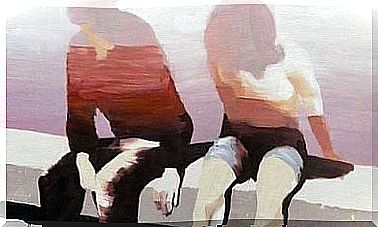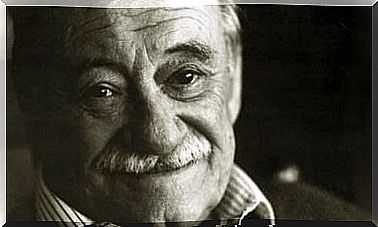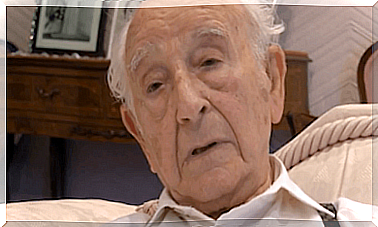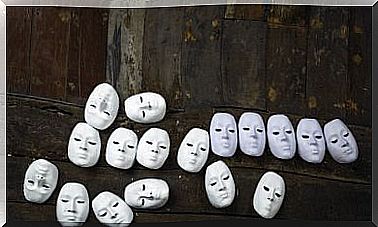Projective Test: Tell Me What You Draw And I Will Tell You Who You Are
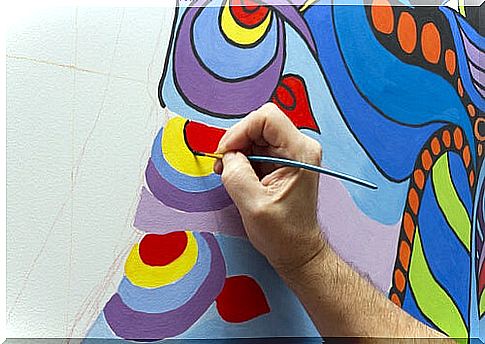
Personality is the compendium of conscious and unconscious experiences, external and biological influences, that make up our way of being, acting and thinking. Psychologists often infer this way of being from people through the acts they show (their behavior) or even by applying psychological tests, such as projective tests.
The projective tests are designed to reveal our personality through them, completely unconscious. Thus, the different drawing tests, such as the human figure, the tree or the house, are projective tests in which our (apparently innocent) drawings discover our most intimate secrets.
What are projective tests?
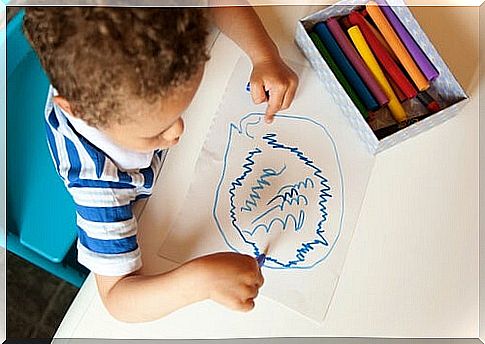
Projective tests constitute a very interesting area of psychology, due to the discovery process that they imply, from a stimulus as ambiguous as a drawing. But this is precisely what these tests consist of.
They expose situations that allow the subject to express himself freely, without conscious controls , so that his tensions, conflicts, emotions, attitudes, as well as his creative and constructive aspects emerge without restrictions. Without a doubt, psychologists obtain in a few minutes a huge material to analyze, even for days.
Our dramas in drawings
The psychodynamic theories of personality allow the data obtained in these tests to be explained based on their assumptions . These theories are based on the interrelation that exists between the different aspects of the personality such as instincts (the id), reason (the superego) and the functional or adult aspect of the personality (the ego).
In addition, it places key importance on one aspect of our personal experience: the unconscious. Precisely in the unconscious would be found all those traumas, conflicts and denied realities that powerfully influence our behavior (without knowing exactly why).
All these conflicts are manifested in the projective tests, specifically in the drawings , not only through the content, but also through every imaginable detail.
Every detail counts
The interpretation of projective tests has two phases:
- The analysis detailed discussion of each aspect of the drawing
- The synthesis and integration of all aspects to reach a dynamic conclusion about the psychological situation of the person
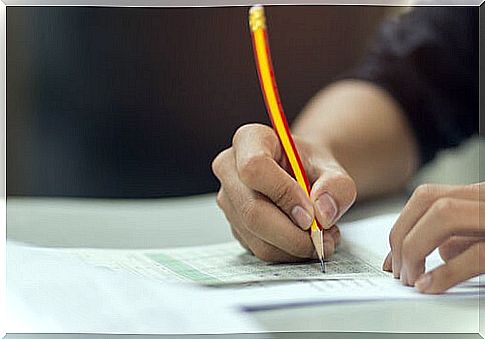
In the detailed analysis, the indicators of the drawn figures are considered one by one , including:
- The sequence: indicates what the subject’s priorities are and what he identifies with or what he rejects.
- Size: has to do with introversion-extraversion, as well as the ability to control impulses.
- The location and orientation on the sheet: it is associated with impulsiveness or emotional control, as well as with the level of self-confidence.
- The pressure, the thickness and the firmness of the line: they are related to assertiveness or shyness, security or insecurity.
- Symmetry: it has to do with the degree of emotional control.
- The absence or excess of details: it is related to certain traits, such as depression and narcissism.
It is very important to clarify that the presence of any of these indicators does not automatically imply their psychological correlate. The psychologist must integrate, not only the set of indicators present in the test, but also other sources of data such as observation, the interview and the person’s history, in order to arrive at a synthesis about their psychic events.
In summary, we have briefly immersed ourselves in the fascinating world of graphic projective tests, in which the blank page presented by the psychologist is like the movie screen where we project the content of our psyche, with all the intensity of its dramas.
